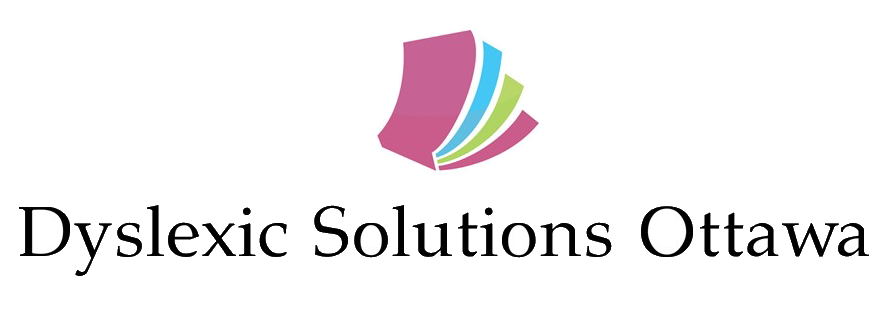
What is Dyslexia?
If you or your child have struggled in becoming a skilled and fluent reader, and find the process of spelling new and unfamiliar (or even familiar) words difficult, is critical that you do not rule out dyslexia as the cause of these issues.
Dyslexia affects one in five people. Research shows that 70-80% of students will acquire the basic skills necessary to becoming skilled readers after a year of conventional instruction – the remainder if these children need a different approach (Shaywitz, 2003).
What Dyslexia Is…
Dyslexia is an inherited, neurobiological condition that represents a difficulty in reading at the most basic level, decoding. It is a defect in the phonological component of language – phonemic awareness.
It has traditionally been defined as an unexpected reading difficulty in a child or adult, despite having good intelligence, motivation, and being exposed to adequate education. It affects not only how an individual reads, but also their ability to spell, retrieve and articulate words, and remember random facts (Shaywitz, 2003; International Dyslexia Association, 2002).
Dyslexia is an impairment within the language system of the brain. This impairment is at the phonologic level, and weakens the child’s phonemic awareness, which is the ability to segment, manipulate, hear, and identify the smallest units of sounds in spoken language, called phonemes (Shaywitz, 2003). For dyslexic readers, phonemes are less sharply distinguishable , and as a result, these children experience extreme difficulty in areas that require sounds to be blended together to form words (i.e., decoding, or reading), and where words are broken down into their underlying sounds, (i.e., encoding, or spelling).
Spelling is a painfully difficult task for these students and a struggle that continues into adulthood. Dyslexic readers are often extremely bright and can reason and analyse information that is presented to them orally quite easily. Regardless, they experience profound and persistent difficulties in learning to read.
Associating letters with sounds; blending sounds into words; breaking apart sounds; and identifying beginning, medial, and ending sounds in words are skills that need to be explicitly taught, as they do not come naturally to these students.
The core problem is phonetic – turning print into sound, and sounds into print. 70-80% of children will acquire this ability with little difficulty. The remainder, however, experience significant difficulty breaking the phonetic code. It is suggested that these individuals are dyslexic (Shaywitz, 2003).
Interestingly, higher order thinking abilities that are necessary for comprehension, such as vocabulary, discourse, and reasoning, are untouched. These bright, vibrant children have no trouble understanding abstract concepts and often have complex reasoning abilities. Yet after years of traditional reading instruction, are still often unable to decode single words. They are often big picture, outside the box, creative thinkers (Shaywitz, 2003).
Timing Is Everything – Early, Effective Intervention Is Critical…
It is mistakenly assumed that reading will come natural to children; that all students, provided conventional reading approaches, will learn to read with ease.
The reality is that reading is not an innate process. The underlying mechanisms that make reading fluent and effortless need to be acquired, taught, and continually reinforced.
For instance, converting print on the page, arranging the seemingly meaningless symbols into a phonetic code, and processing all of this information into something meaningful is a difficult task – made almost futile when facing learning disabilities such as dyslexia.
Delayed treatment in early school years results in missed opportunities for reading practice – essential to building fluency, vocabulary, and comprehension skills. The inability to acquire these skills often leads to low self-esteem and years of difficult learning experiences for children and teenagers.
That doesn’t have to happen. It’s a problem that can be treated. Early, one on one intervention and tutoring using the Orton-Gillingham method is the answer.
In fact, the National Institutes of Health (NIH) state that 95% of poor readers can improve to grade-level with effective, early intervention. And delays in providing this help results in compounded and cumulative effects, and adds to the time required to catch up (“Barton Reading”, n.d.).
To determine whether or not Dyslexic Solutions Ottawa can help the reading and spelling challenges you or your child may be facing, please contact us to discuss what the best course of action may be for your situation. If an assessment is required, then a referral can be made.



